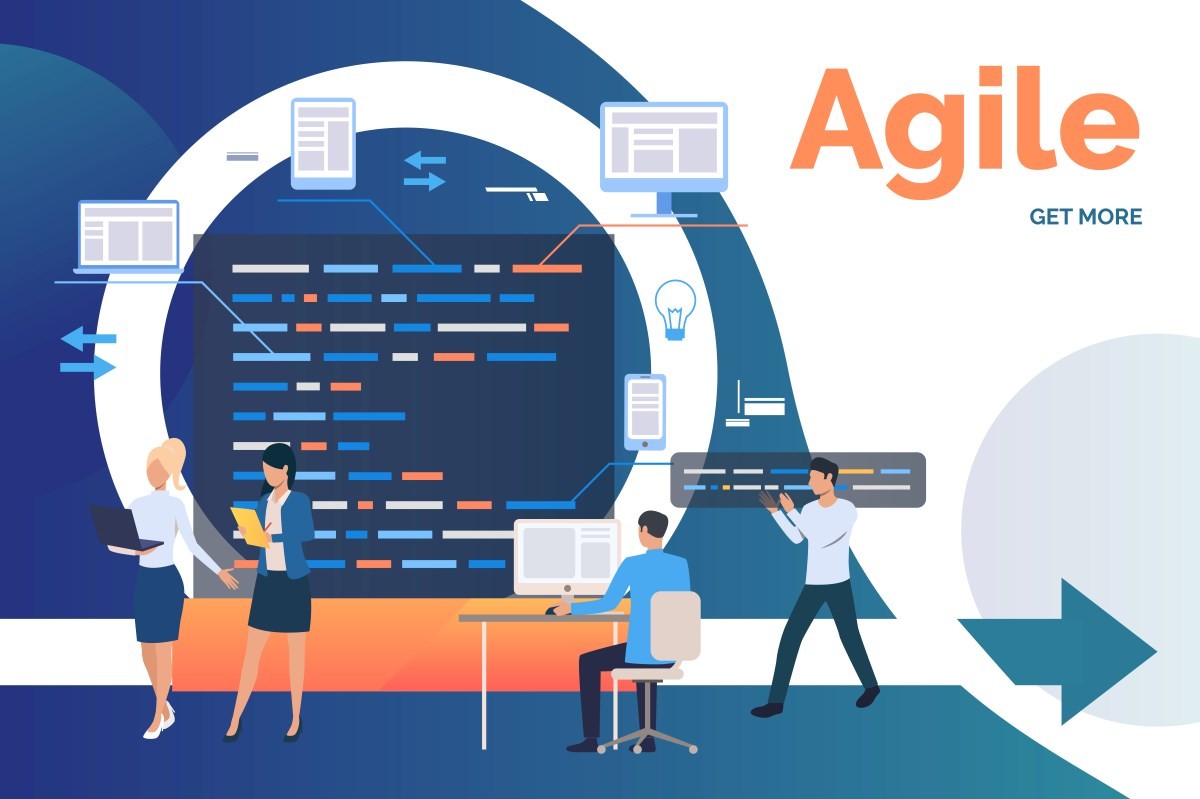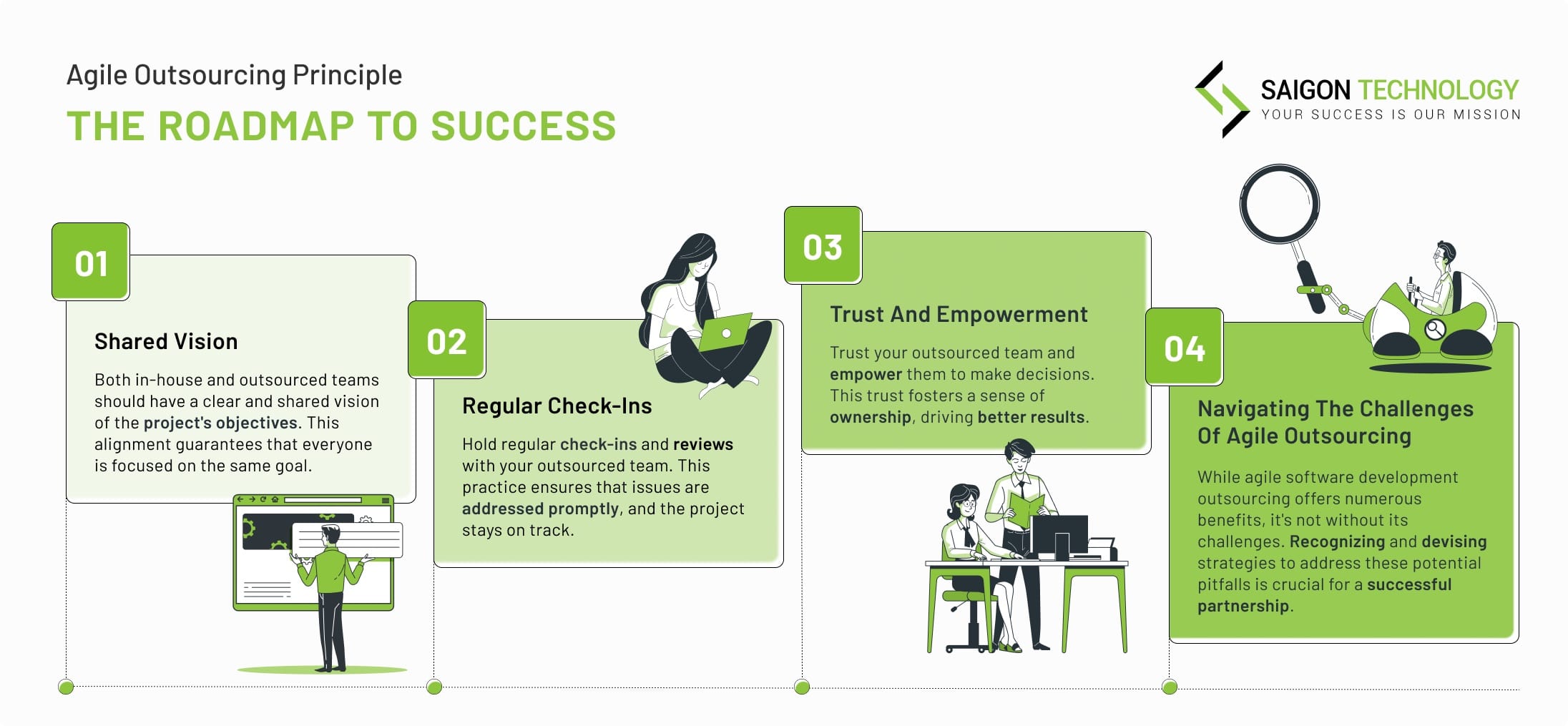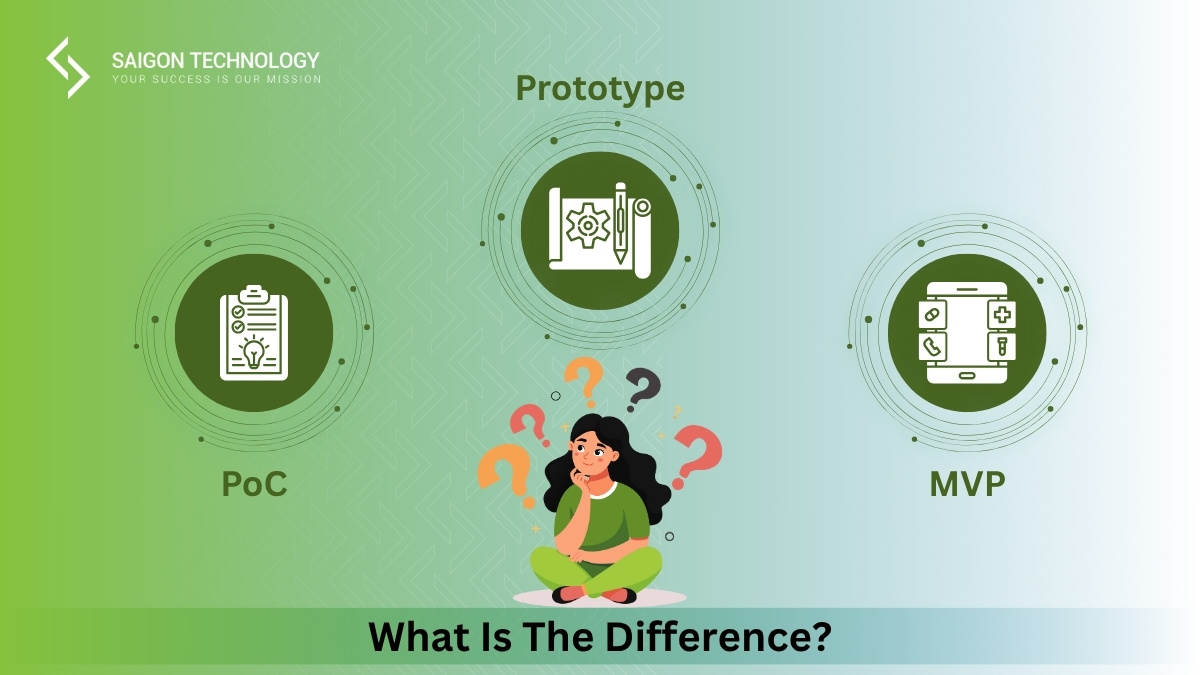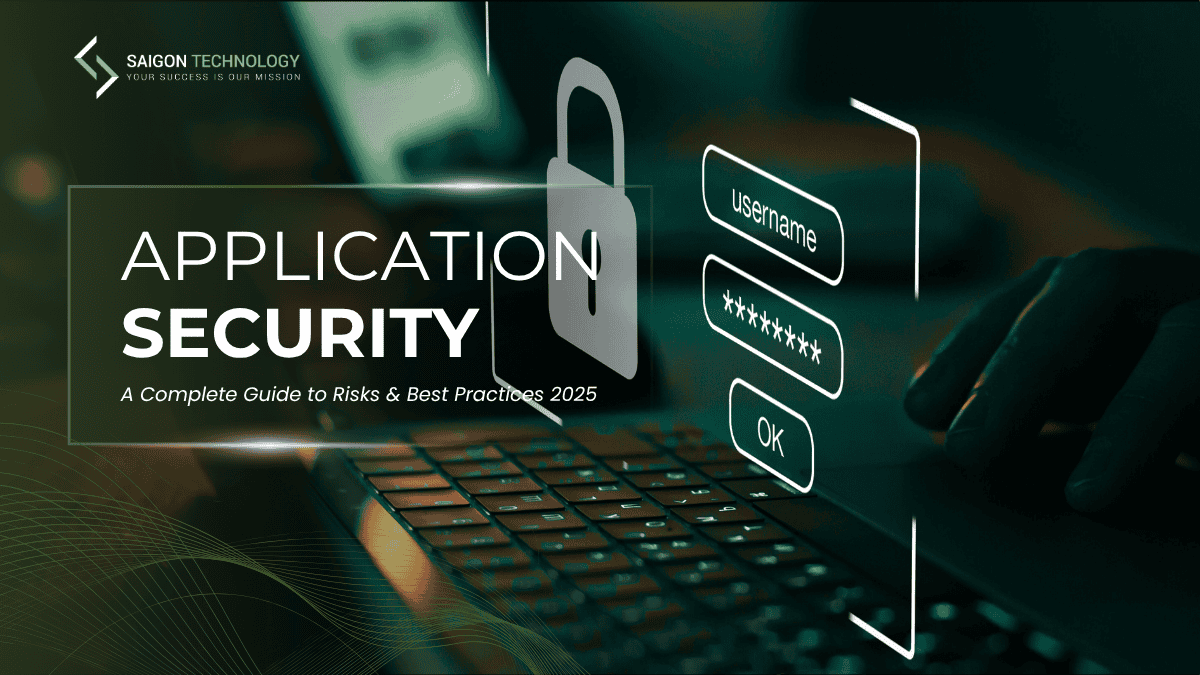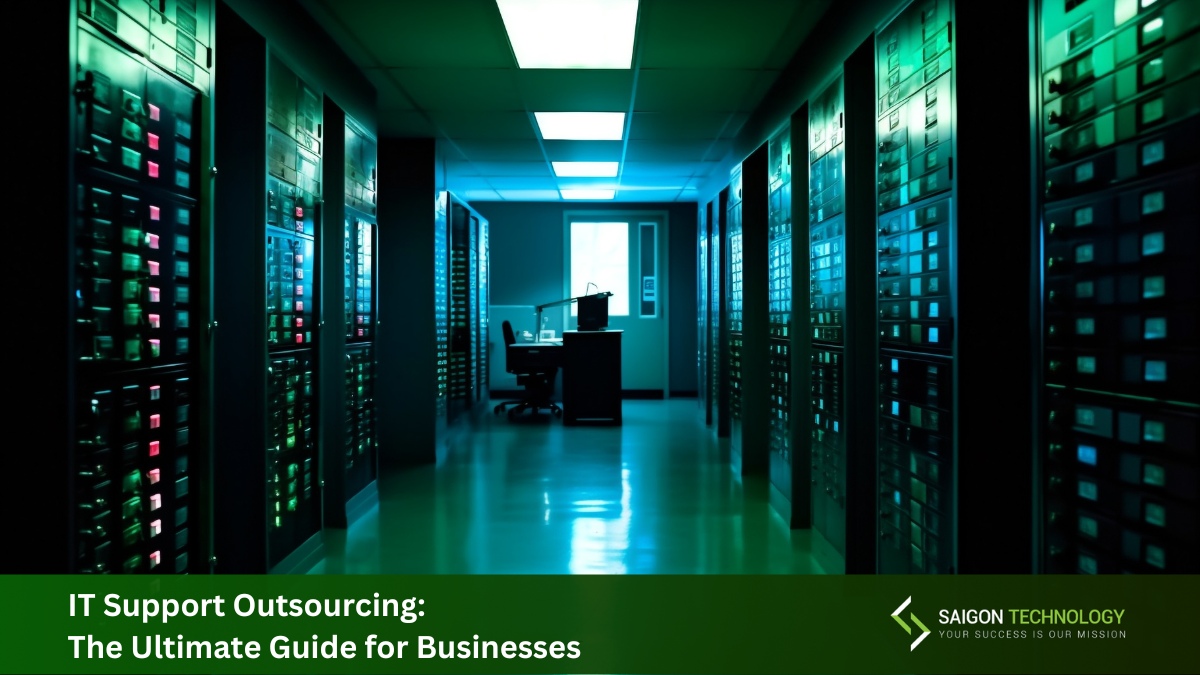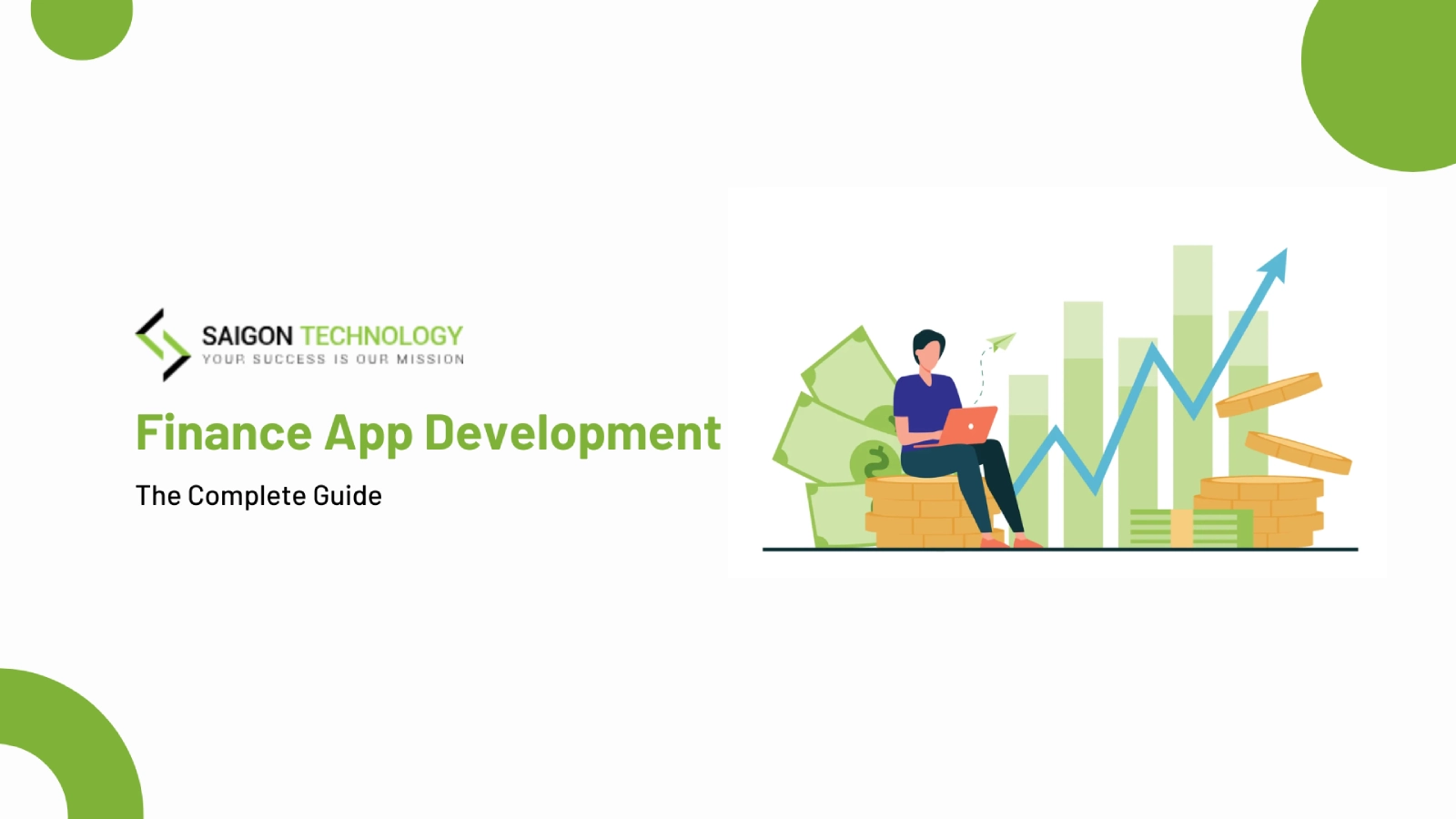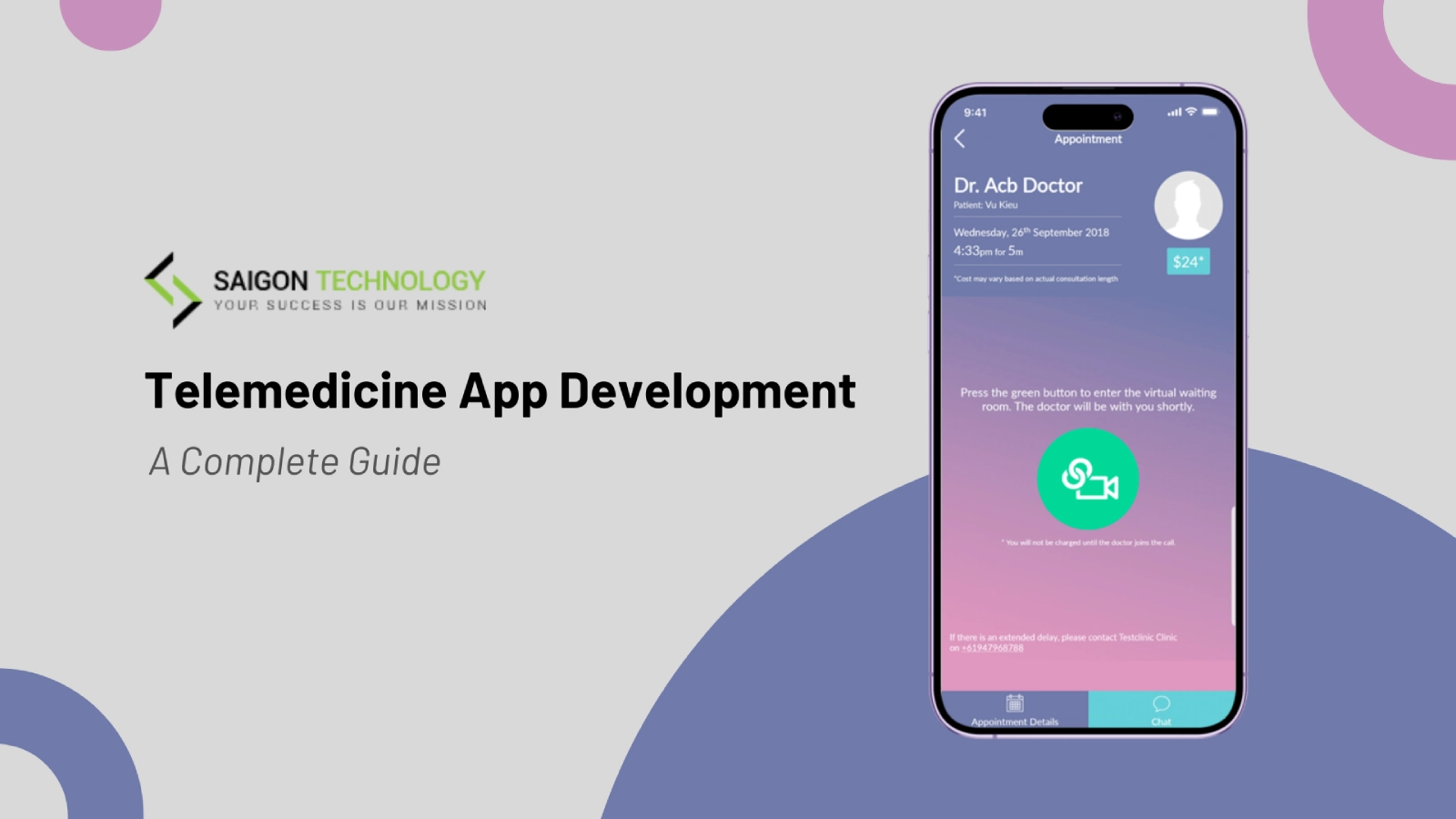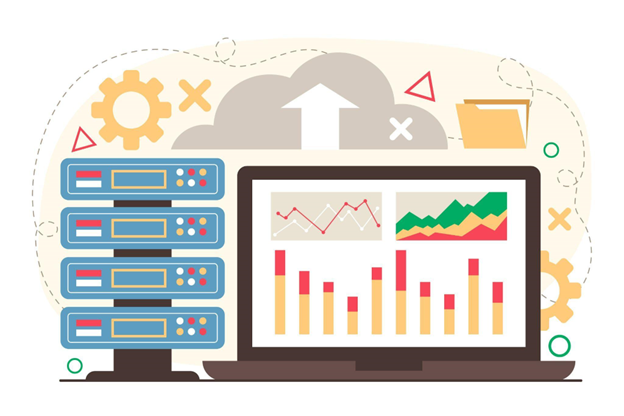In the dynamic world of software, agile software development has emerged as a game-changer.
This approach combines agile methodologies’ flexibility and responsiveness with outsourcing’s cost-effectiveness and scalability. But what exactly is agile software development outsourcing, and how does it differ from traditional agile methodologies? Let’s delve deeper.
Understanding Agile Software Development Outsourcing
At its core, agile software development outsourcing is partnering with an external company to implement agile methodologies in software development projects.
Unlike the traditional “agile software development methodology,” which focuses solely on iterative development within a single team, agile outsourcing involves collaboration between the in-house team and an external agile team.
The distinction is crucial. While traditional agile methodologies prioritize adaptability and customer feedback within a single team, agile software development outsourcing extends these principles to a broader ecosystem.
It’s not just about being agile; it’s about ensuring that your outsourcing partner aligns with this agility, creating a seamless blend of in-house and outsourced agile processes.
1. The Mechanics of Agile in Outsourcing
Agile software development outsourcing is not just about merging two methodologies; it’s about understanding the intricate mechanics that make this combination so effective. Sprints and daily stand-ups are two of the most pivotal components in this synergy.
2. Sprints and Iterations
In the realm of Agile, work isn’t seen as a monolithic task. It’s broken down into smaller, more digestible chunks known as sprints. A sprint can last two to four weeks. It represents a cycle of work where specific features or tasks are developed and tested.
3. Why Sprints?
1. Focus: By breaking the project into sprints, teams can concentrate on specific tasks, ensuring they are completed to the highest standard.
2. Feedback Loop: A potentially shippable product increment is delivered at the end of each sprint. It allows stakeholders to review the progress, provide feedback, and make necessary adjustments. This iterative process ensures the product is continuously refined based on real-time feedback.
3. Adaptability: Since sprints are short, accommodating changes is easier. Suppose a client’s requirements evolve or market dynamics shift. In that case, the team can adapt in the subsequent sprint without derailing the entire project.
4. Daily Stand-ups
Another cornerstone of Agile in outsourcing is the daily stand-up – a brief, usually 15-minute meeting where the team aligns on the day’s objectives.
The Structure:
During the stand-up, each team member answers three primary questions:
1. What did I work on yesterday?
2. What will I work on today?
3. Are there any blockers or challenges hindering my progress?
5. Why Daily Stand-ups?
1. Alignment: These meetings ensure that every team member, whether in-house or outsourced, is aligned with the project’s goals and understands their daily tasks.
2. Problem Resolution: Issues surfaced immediately by discussing blockers or challenges, allowing for swift resolution. This proactive approach prevents minor problems from snowballing into significant roadblocks.
3. Collaboration: Stand-ups foster a collaborative environment. Team members become aware of each other’s tasks, leading to better coordination and mutual assistance.
4. Transparency: For clients or stakeholders, attending these stand-ups (even occasionally) offers a transparent view of the project’s progress and the team’s daily operations.
⺠By understanding these mechanics, businesses can better appreciate the nuances of Agile in an outsourced model, ensuring smoother collaborations and more successful project outcomes.
The Agile Advantage: Collaborative Software Development
Embracing agile with an outsourcing software development partner offers a plethora of benefits. Here are some of the most compelling:
1. Enhanced Flexibility
Agile software outsourcing allows businesses to adapt to changes swiftly. Whether it’s a shift in market demand or a new technological innovation, agile teams can pivot quickly, ensuring that the software remains relevant and competitive.
2. Cost Efficiency
By outsourcing specific agile processes, companies can tap into global talent pools without the overhead costs of hiring full-time employees. This approach saves money and ensures that you’re getting top-tier expertise for your projects.
3. Scalability
Agile software development outsourcing models are inherently scalable. As your project requirements grow, you can easily expand your outsourced team, ensuring that you always have the right resources at the right time.
4. Continuous Feedback Loop
With agile software development, feedback isn’t limited to in-house teams. Outsourced teams also become integral to the feedback loop, bringing fresh perspectives and innovative solutions.
Identifying and Evaluating Potential Agile Outsourcing Partners
Embarking on the journey of agile outsourcing can be daunting, especially for those new to the software development process. Choosing the right software development outsourcing partner is crucial for the success of your project. Here’s a guide to help you identify and evaluate potential agile outsourcing partners:
1. Shortlist and Research Potential Partners
- Online Directories: Website directories can provide listings of agile software development companies with ratings and reviews.
- Referrals: Ask peers in your industry for recommendations. Word of mouth can often lead to trusted partners.
- Industry Events: Attend conferences, webinars, and workshops related to software development and outsourcing.
2. Check Their Agile Experience
- Agile Certifications: Look for certifications like Certified Scrum Master (CSM) or SAFe Agilist, which indicate formal training in agile methodologies.
- Case Studies: Request case studies that showcase their experience in agile projects, especially those similar to your industry or requirements.
3. Technical Expertise
- Technology Stack: Ensure they have expertise in the technologies required for your project.
- Innovation: Check their adaptability and openness to new technologies or methodologies.
4. Communication Skills
- Language Proficiency: Ensure the team members are proficient in their preferred language to avoid communication barriers.
- Response Time: Gauge their responsiveness. Quick and clear communication is vital in agile projects.
5. Cultural Compatibility
- Work Ethics: Their work culture should align with yours, especially regarding values, work hours, and holidays.
- Cultural Sensitivity: They should be aware of and respect cultural nuances, especially if they cater to global clients.
6. Check References and Reviews
- Client Testimonials: These provide insights into the company’s strengths and areas of improvement.
- Direct Client Feedback: If possible, speak directly with past or current clients to get a firsthand account of their experience.
7. Visit Them Physically or Virtually
- On-site Visits: If feasible, visit their office. It clearly shows their infrastructure, team, and work environment.
- Virtual Tours: If physical visits aren’t possible, request a virtual tour or video conference to interact with the team and check their facilities.
8. Trial Projects
- Pilot Project: Before committing to a long-term project, start with a small pilot project to evaluate their capabilities, quality of work, and adherence to timelines.
9. Transparency and Reporting
- Regular Updates: They should be open to providing regular updates and progress reports.
- Tools and Platforms: Check if they use collaboration tools like JIRA, Trello, or Slack, which facilitate transparency in agile projects.
10. Cost and Contract Clarity
- Transparent Pricing: Ensure there are no hidden costs. The pricing model should be clear, whether it’s fixed-price, time & material, or dedicated team.
- Contract Details: The contract should clearly outline the project scope, timelines, IP rights, confidentiality clauses, and exit strategies.
11. Confidentiality and Security
- Data Protection: They should have measures in place to protect your data, such as NDAs and secure data storage solutions.
- Cybersecurity Protocols: Ensure they follow best practices in cybersecurity to protect project data and software.
12. Post-Deployment Support
- Maintenance and Support: Check their post-deployment services. Agile outsourcing projects often require iterative improvements, and having support is crucial.
13. Scalability and Flexibility
- Team Expansion: Assess the partner’s ability to scale up or down based on your project’s requirements. Can they quickly onboard additional resources if needed?
- Adaptability: Gauge their readiness to adapt to changing project requirements, especially in an agile environment where changes are frequent.
14. Training and Continuous Learning
- Skill Upgradation: Check if the outsourcing partner invests in regular employee training sessions to keep them updated with the latest technologies and methodologies.
- Knowledge Sharing: Do they have a culture of knowledge sharing and continuous learning? It ensures that the team is always equipped with the best practices in agile methodologies.
15. Collaboration Tools and Infrastructure
- Modern Tools: Ensure they use the latest collaboration tools that facilitate seamless communication and project management.
- Infrastructure: Assess their IT infrastructure, including high-speed internet, power backup, and secure servers, which are crucial for uninterrupted work.
16. Legal and Compliance Adherence
- Regulatory Compliance: Check if they adhere to local and international regulations, especially if you’re outsourcing to a different country.
- Legal Expertise: Ensure they have legal experts who can draft clear contracts and handle any legal issues that might arise.
While the technical capabilities of an agile outsourcing partner are essential, factors like communication, cultural fit, and transparency are equally crucial for the success of an agile outsourcing project.
Take your time, research thoroughly, and choose a partner that aligns with your project’s goals and values.
Agile Outsourcing Principles: The Roadmap to Success
To ensure the success of your agile outsourcing venture, consider the following principles:
1. Shared Vision
Both in-house and outsourced teams should have a clear and shared vision of the project’s objectives. This alignment guarantees that everyone is focused on the same goal.
2. Regular Check-ins
Hold regular check-ins and reviews with your outsourced team. This practice ensures that issues are addressed promptly, and the project stays on track.
3. Trust and Empowerment
Trust your outsourced team and empower them to make decisions. This trust fosters a sense of ownership, driving better results.
4. Navigating the Challenges of Agile Outsourcing
While agile software development outsourcing offers numerous benefits, it’s not without its challenges. Recognizing and devising strategies to address these potential pitfalls is crucial for a successful partnership.
Let’s look at some typical challenges and the solutions:
1. Communication Barriers: Communication is one of the most cited challenges in agile outsourcing. Differences in time zones, languages, and cultures can lead to misunderstandings and misaligned expectations.
Mitigation Strategy:
a. Invest in robust communication tools and platforms.
b. Schedule regular sync-up meetings that accommodate both teams’ time zones.
c. Encourage open dialogue and provide cultural training sessions to bridge any cultural gaps.
2. Loss of Control: Handing over parts of your project to an external team can sometimes feel like losing control, especially when you can’t oversee the day-to-day operations.
- Mitigation Strategy: Establish clear roles and responsibilities from the outset. Use project management tools to track progress in real time. Trust is essential, but it should be complemented with transparency and accountability.
3. Quality Concerns: There’s always a risk that the outsourced team might not deliver up to the expected standards, leading to quality issues.
Mitigation Strategy:
a. When choosing your agile software development company, implement a rigorous selection process.
b. Regularly review their work and provide feedback.
c. Consider a phased approach where the outsourced team handles smaller tasks initially, gradually taking on more significant responsibilities as they prove their capabilities.
4. Intellectual Property Risks: Sharing sensitive information with an external team can pose risks to your intellectual property.
- Mitigation Strategy: Draft clear and legally binding contracts that outline IP rights. Ensure that the outsourced team understands the importance of IP protection and follows best practices to safeguard your assets.
5. Cultural Misalignment: Differences in work cultures can lead to varied approaches to problem-solving, decision-making, and even work ethics.
- Mitigation Strategy: Foster a shared company culture. Organize team-building activities that involve both in-house and outsourced teams. Understand and respect the cultural nuances of the outsourced team and find common ground that aligns with the project’s objectives.
Agile Outsourcing: The Future of Software Development
The Agile methodology has transformed software development. It emphasizes collaboration. Every voice is valued in this approach. Feedback is actively encouraged.
The expertise of a diverse team is utilized. Together, they make software development a joint effort. The outcome? Innovative, user-focused products. They’re delivered quickly, keeping businesses ahead in the digital age. Agile outsourcing is more than just a buzzword; it’s a strategic approach that can propel your software development projects to new heights.
By understanding its nuances and leveraging its strengths, you can harness the power of agility, even when working with external partners. Embrace the future of software development; embrace agile outsourcing.

